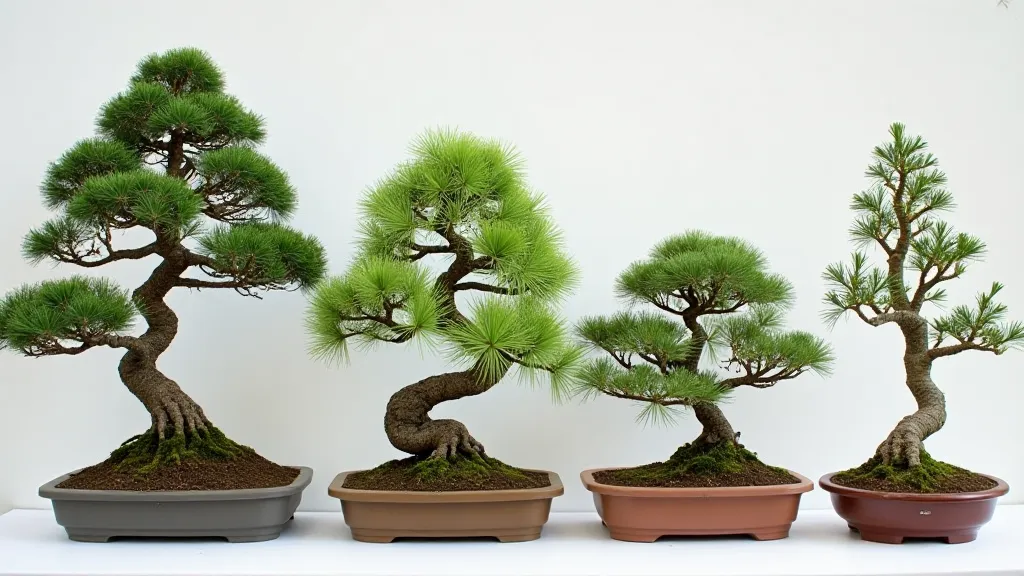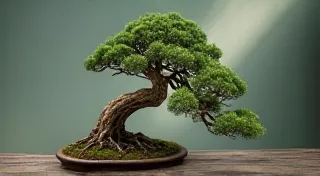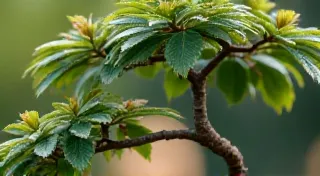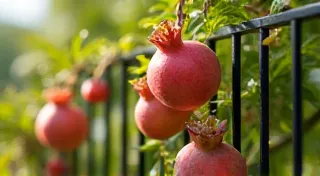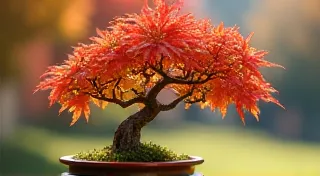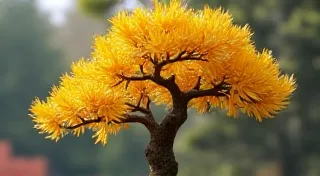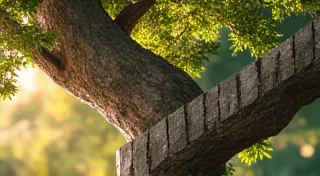Juniper Bonsai: Techniques for Shaping and Maintaining
Juniper bonsai are a cornerstone of the bonsai world, prized for their resilience, adaptability, and the stunning variety of styles they lend themselves to. From windswept cascades to formal uprights, junipers offer endless creative possibilities. This guide will delve into the specific techniques for shaping and maintaining a healthy and beautiful juniper bonsai.
Understanding Juniper Species for Bonsai
Not all junipers are created equal when it comes to bonsai. Certain species are more amenable to shaping and maintaining in a small pot. Common choices for bonsai include Juniperus procumbens 'Nana' (Japanese Garden Juniper), Juniperus chinensis (Chinese Juniper), and Juniperus squamata (Scale-Bark Juniper). Each species possesses unique characteristics affecting their growth habit and styling potential. 'Nana' is known for its ground-hugging nature, while J. chinensis offers excellent ramification. Research the specific needs of your chosen species.
Wiring and Shaping Techniques
Wiring is arguably the most crucial technique for shaping juniper bonsai. Using anodized aluminum or copper wire, carefully wrap branches to achieve the desired angle and direction. The wire should be snug but not constricting. Always check the wire regularly to prevent it from biting into the bark.
Important Considerations for Wiring Junipers:
- Timing: Late fall or early spring is often ideal, when the branches are more flexible.
- Branch Selection: Choose branches that contribute to the overall design and aesthetic.
- Angle Adjustment: Gradually adjust branch angles to avoid breakage.
- Wire Removal: Remove the wire before it begins to bite into the bark, typically within 6-12 months.
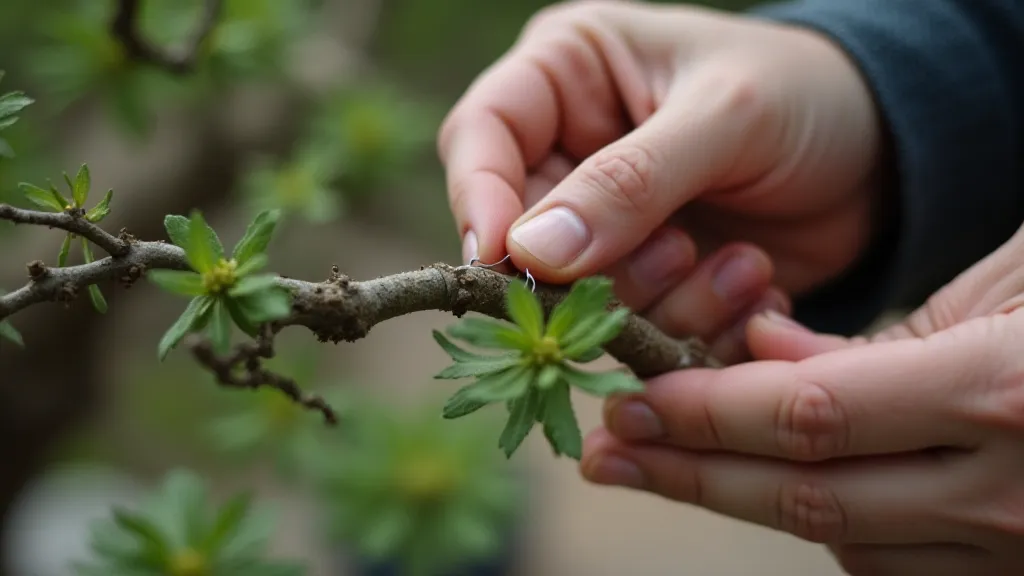
Pruning for Ramification and Density
Pruning is essential for developing a dense, compact juniper bonsai. There are two primary types of pruning: structural and maintenance.
- Structural Pruning: Performed during the dormant season (late winter/early spring) to remove unwanted branches, create a foundational structure, and promote back budding.
- Maintenance Pruning: Done throughout the growing season to control growth, encourage ramification (fine branching), and maintain the bonsai’s shape. Pinching back new growth is a common maintenance technique.
Tip: Junipers often respond well to aggressive pruning, but it’s crucial to understand the plant's natural growth habits. Observe how your juniper responds to pruning and adjust your techniques accordingly.
Watering and Fertilizing
Watering junipers properly is key to their health. The frequency depends on factors such as climate, pot size, and soil mix. Allow the soil to dry slightly between waterings. Overwatering can lead to root rot, a common problem in bonsai.
Fertilizing: Junipers benefit from regular fertilization during the growing season. Use a balanced fertilizer specifically formulated for bonsai. Reduce or eliminate fertilization during the winter months.
Soil and Repotting
Well-draining soil is paramount for juniper bonsai. A typical bonsai soil mix might include akadama, pumice, and lava rock.
Repotting: Repot your juniper every 2-3 years, typically in the spring. This provides fresh soil, trims root mass, and allows for inspection of root health. Avoid severely pruning the roots. A good rule of thumb is to remove no more than 1/3 of the root system.
Common Problems and Solutions
- Spider Mites: These tiny pests can infest junipers. Treat with insecticidal soap or neem oil.
- Rust: Caused by fungal diseases. Improve air circulation and apply a fungicide if necessary.
- Dieback: Can be caused by various factors including stress, disease, or improper watering. Identify and address the underlying cause.

Conclusion
Juniper bonsai offer a rewarding challenge for bonsai enthusiasts of all levels. By understanding their specific needs and employing the techniques outlined in this guide, you can create a stunning and long-lived juniper bonsai that brings beauty and tranquility to your life.
